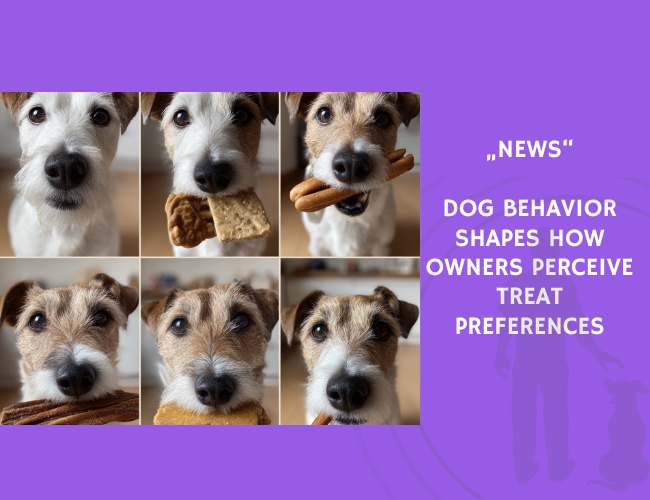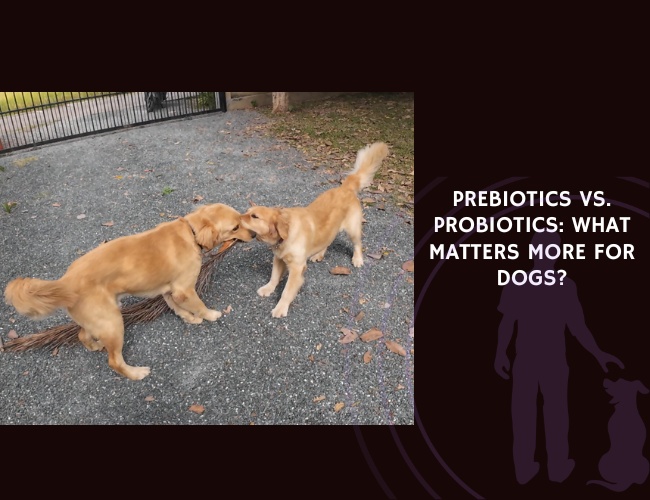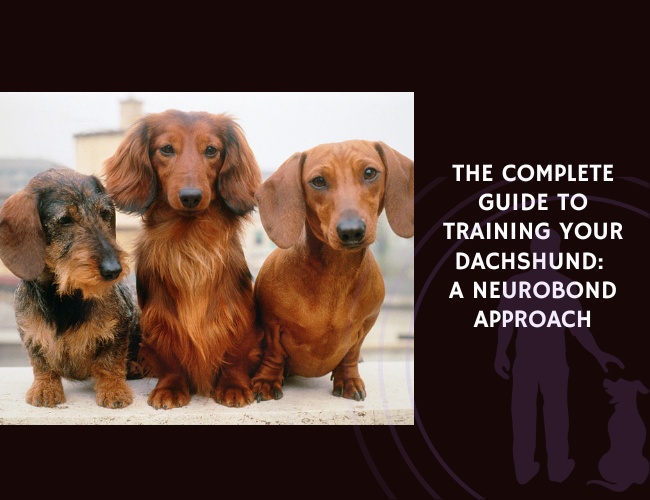Dog owners often select treats based on what they believe their pets enjoy—but how accurate are these assumptions? A study by Anamarie C. Johnson and colleagues examined how observed dog behavior with dental chews in a home setting correlates with owner-reported preference and personal preference.
Owners submitted videos of their dogs engaging with eight types of dental chews. These videos were behaviorally coded to capture signs of appetitive behavior, including engagement time and enthusiasm. Researchers then compared these observations with owner surveys reporting both their own favorite chews and what they believed their dogs preferred.
The results showed that while owner preference weakly correlated with the dogs’ behavior (r = 0.22), owner-reported dog preference had a stronger correlation with actual behavior (r = 0.43). This effect size is similar to those seen in studies where parents report on their children’s preferences.
This suggests that dog owners are able to interpret their dogs’ behavior with some accuracy, but are not immune to bias based on their own preferences. The study highlights the value of using in-home video recordings and behavioral coding in understanding true canine product preference.
By merging behavioral science with consumer insights, the findings may help companies design more appealing products and help owners make better-informed choices for their dogs’ enjoyment and dental health.
Dog owners often select treats based on what they believe their pets enjoy—but how accurate are these assumptions? A study by Anamarie C. Johnson and colleagues examined how observed dog behavior with dental chews in a home setting correlates with owner-reported preference and personal preference.
Owners submitted videos of their dogs engaging with eight types of dental chews. These videos were behaviorally coded to capture signs of appetitive behavior, including engagement time and enthusiasm. Researchers then compared these observations with owner surveys reporting both their own favorite chews and what they believed their dogs preferred.
The results showed that while owner preference weakly correlated with the dogs’ behavior (r = 0.22), owner-reported dog preference had a stronger correlation with actual behavior (r = 0.43). This effect size is similar to those seen in studies where parents report on their children’s preferences.
This suggests that dog owners are able to interpret their dogs’ behavior with some accuracy, but are not immune to bias based on their own preferences. The study highlights the value of using in-home video recordings and behavioral coding in understanding true canine product preference.
By merging behavioral science with consumer insights, the findings may help companies design more appealing products and help owners make better-informed choices for their dogs’ enjoyment and dental health.









